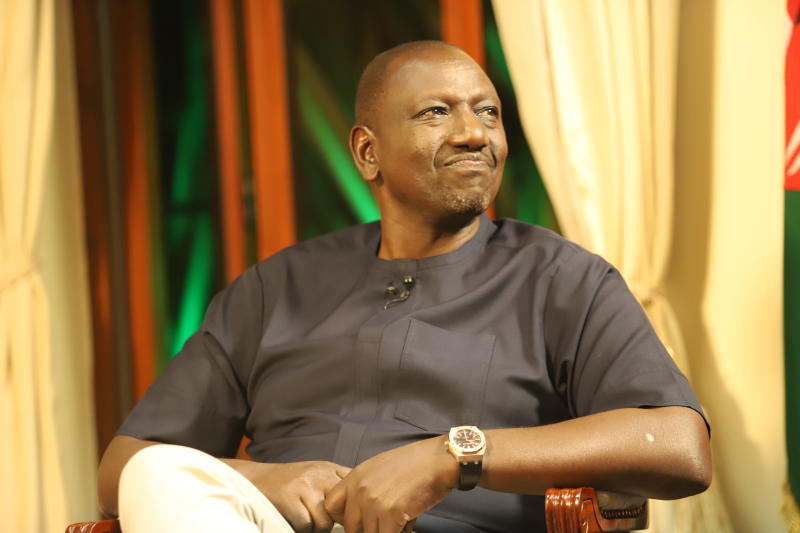
The bottom-up economics, an economic model being championed by Deputy President William Ruto in his quest to become Kenya’s fifth Head of State, has become the butt of all jokes.
Some not-so-amusing like being likened to the human’s back-side being raised in what the Secretary-General for Jubilee Party Raphael Tuju said was its loose translation to Swahili. David Ndii, an economist and supporter of the Deputy President, responded by saying that the model is “about getting dynastic crony-capitalist cartel butts off HustlerNation.”